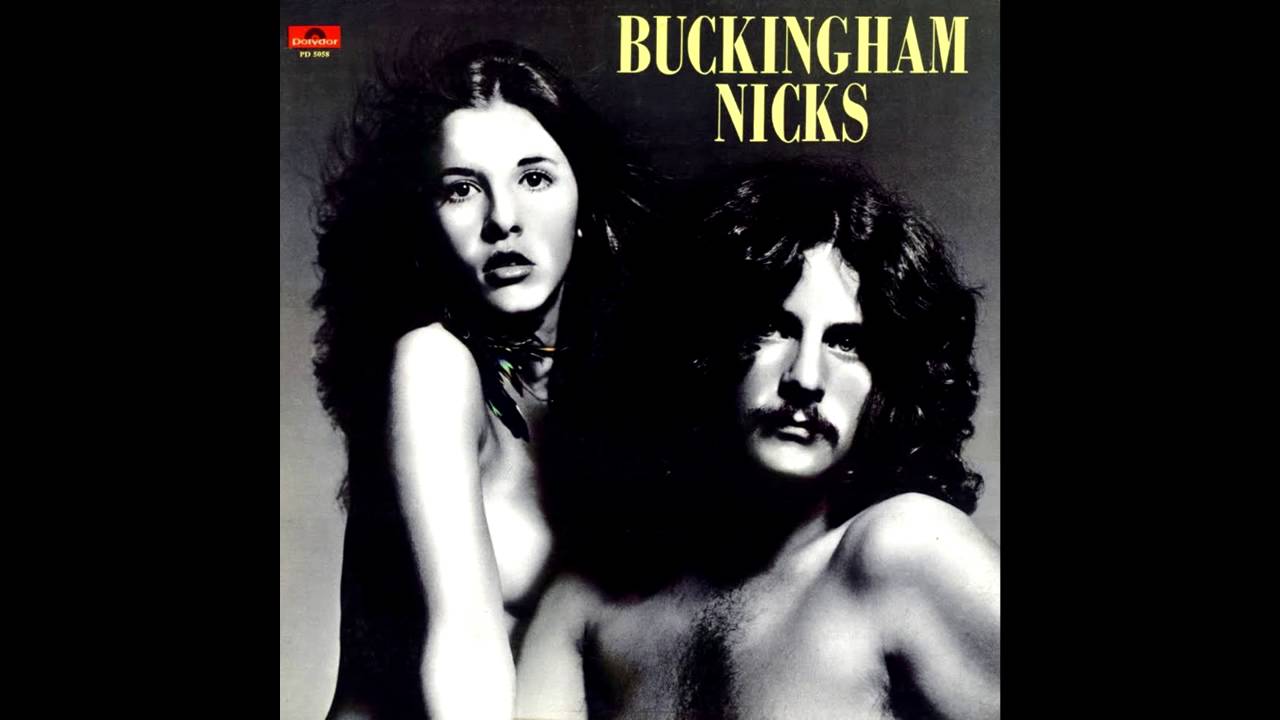Looking for a good read? Here is a recommendation. I have an unusual approach to reviewing books. I review books I feel merit a review. Each review is an opportunity to recommend a book. If I do not think a book is worth reading, I find another book to review. You do not have to agree with everything every author has written (I do not), but the fiction I review is entertaining (and often thought-provoking) and the non-fiction contain ideas worth reading.
Book Review
The Fleetwood Mac Era
Reviewed by Mark Lardas
May 7, 2023
“Playing in the Rain: Lindsey Buckingham & Fleetwood Mac,” by Tyler Martin Sehnal, Ingramspark, 2023, 324 pages, $17.99 (paperback), $9.99 (ebook)
In the 1970 and 1980s radio airways were dominated by the music group Fleetwood Mac. It seemed everyone had a copy of their Rumors album. Today, those that first listened to Fleetwood Mac when it first came out, when they were in their teens and twenties are now grandparents. Yet even today it cannot be dismissed as “your grandparents’ music.
“Playing in the Rain: Lindsey Buckingham & Fleetwood Mac,” by Tyler Martin Sehnal is a history of the group. It follows Fleetwood Mac from its original inception to the present.
Opening with the group’s origins as a blues band in England, Sehnal follows it to the United States. The band started in 1967, founded by Peter Green, and two other musicians. Guitarist John McVie joined shortly after its debut performance. It was named Fleetwood Mac (for Mick Fleetwood and John McVie). John McVie’s then-wife, Christie McVie provided vocals.
It remained a solidly midlist group from then until 1974, even after its move to California. By then the group was down to Fleetwood and the two McVies. To expand the band’s sound, Fleetwood invited two then-unknown, and romantically-involved musicians, vocalist Stevie Nicks and guitarist Lindsey Buckingham, to join the band.
Adding the two supercharged the group. The 1975 album Fleetwood Mac (also known as the White Album) launched the group. The 1977 album Rumors sent it into the music stratosphere. From then on the group occupied music’s heavens. Its individual members were like skyrockets, spreading and exploding.
Sehnal follows both the group and its individual members. He tells the history of each album and analyzes the music. He also follows their individual careers, their breakups and reunions. Although Nicks became the band’s most famous member, Sehnal makes the case Lindsey Buckingham was the one most responsible for Fleetwood Mac’s success. A prickly perfectionist, Buckingham created the sound for which Fleetwood Mac became known.
This book is a labor of love by the author. His admiration for the group is profound and sincere. This does not blind him to the group’s shortcomings or the individual members’ faults (including those of Lindsey Buckingham). “Playing in the Rain” is not hagiography. It is a balanced and nuanced history of Fleetwood Mac. Their strengths and weaknesses are both presented, leaving the readers to draw their own conclusions.
In total, the pluses outweigh the minuses. Sehnal has written a brilliant history of a brilliant musical group.
Mark Lardas, an engineer, freelance writer, historian, and model-maker, lives in League City. His website is marklardas.com.

